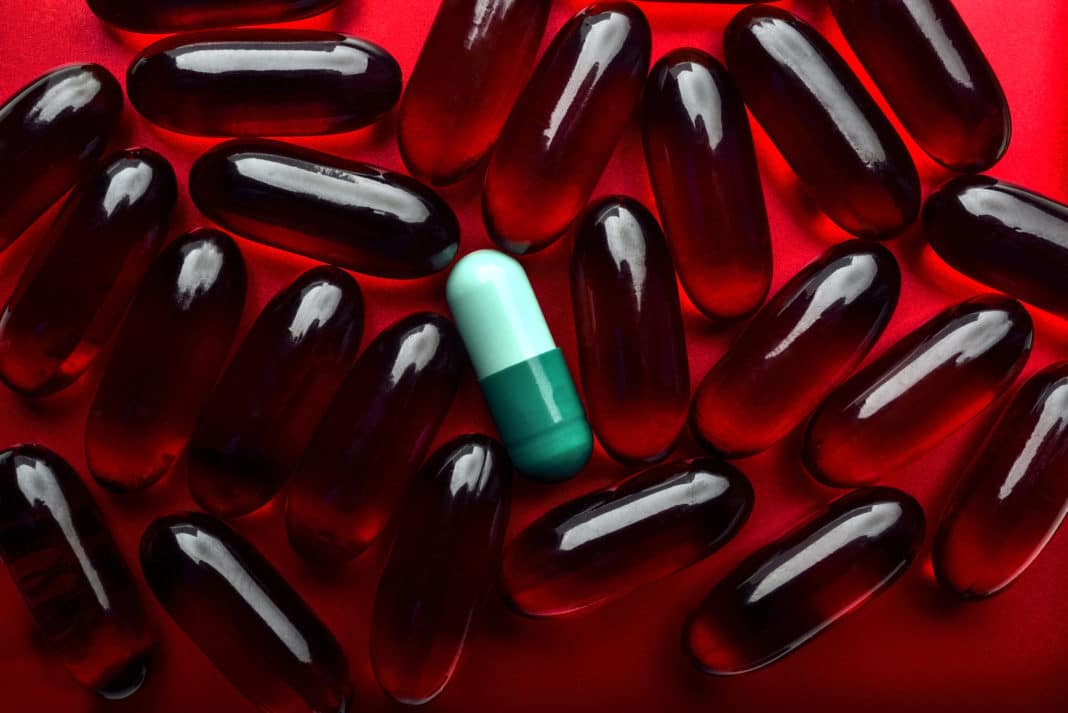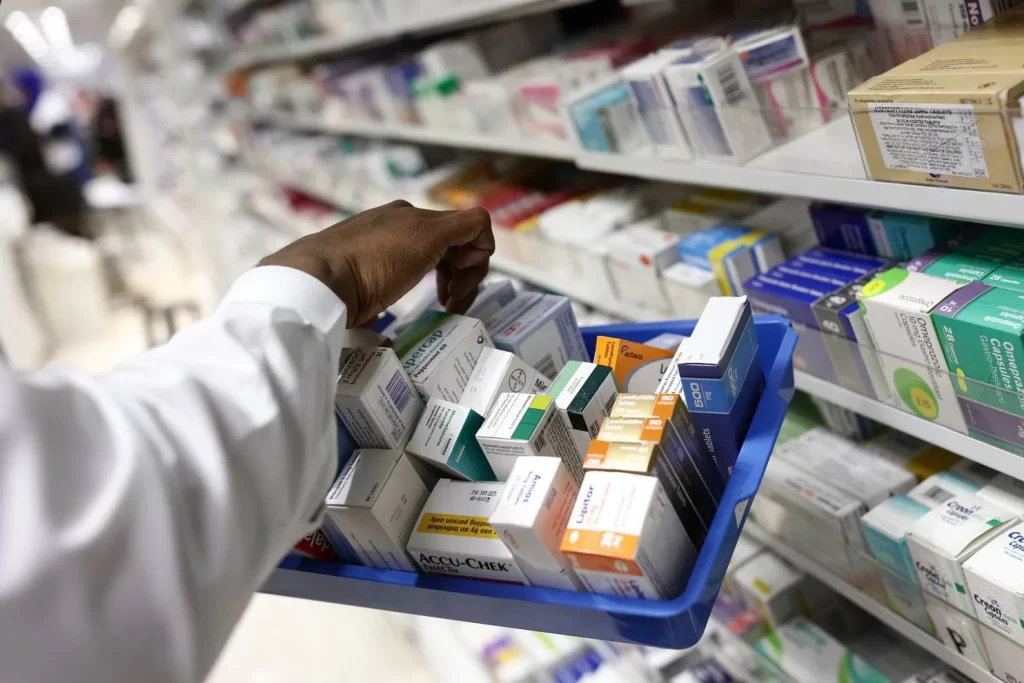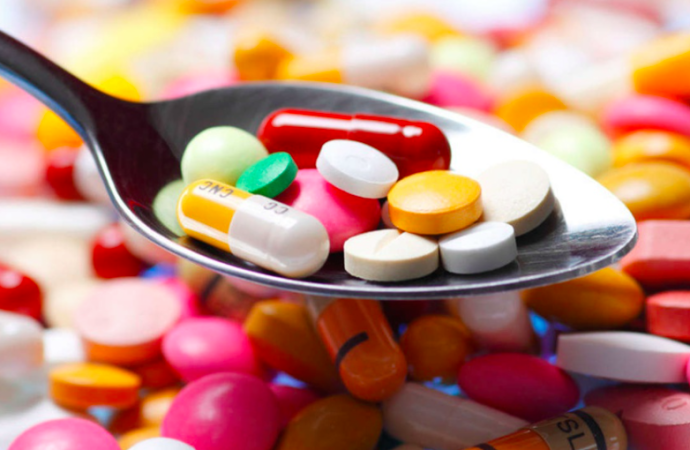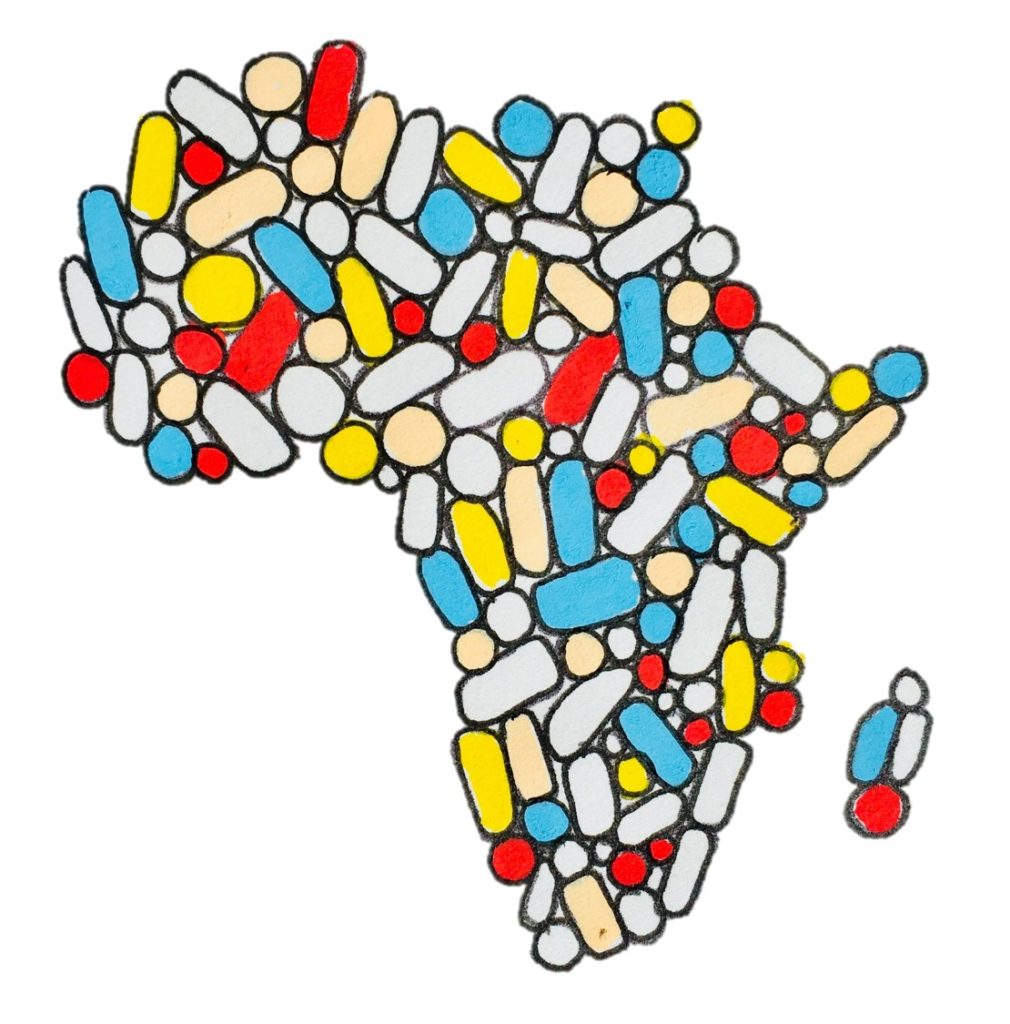
Background
The history of high drug pricing in Africa is a complex and ongoing issue that has been characterized by illegal practices by pharmaceutical companies and has affected millions of people on the continent. The issue has been caused by a combination of factors, including the high cost of research and development, the lack of competition, and corruption within the pharmaceutical industry.
Where it all begins
Drug pricing is a complicated and sometimes a very discrete process. Watch this video where WSJ explains how the flow of money, drugs and rebates behind the scenes may drive up the price of prescription medicine for consumers.
So why are the prices so high?

Illegal practices engaged in by pharmaceutical companies.
These activities include bribery, in which businesses pay officials and healthcare professionals to recommend their products, and price-fixing, through which businesses combine together to set prices at inflated levels. Such unlawful actions can have detrimental effects on public health and lead to the exploitation of the most vulnerable.
The high cost of research and development
Pharmaceutical corporations spend millions of dollars on research and development to create new medications, and they frequently transfer these costs on to patients.
A lot of these businesses have monopolistic behavior, which restricts competition and enables them to charge outrageous rates for their goods.


Corruption within the pharmaceutical industry
Corruption undermines the provision of healthcare services and makes it more challenging for people to obtain necessary medications. Manufacturers might, for instance, pay off officials to register and approve their goods even if they don’t adhere to legal requirements. This causes the spread of fake and inferior medications, which are frequently less expensive but have serious negative effects on health.
- Who is to blame?
- Whom does this affect?
- What can be done?
African patients first
Understanding drug pricing
